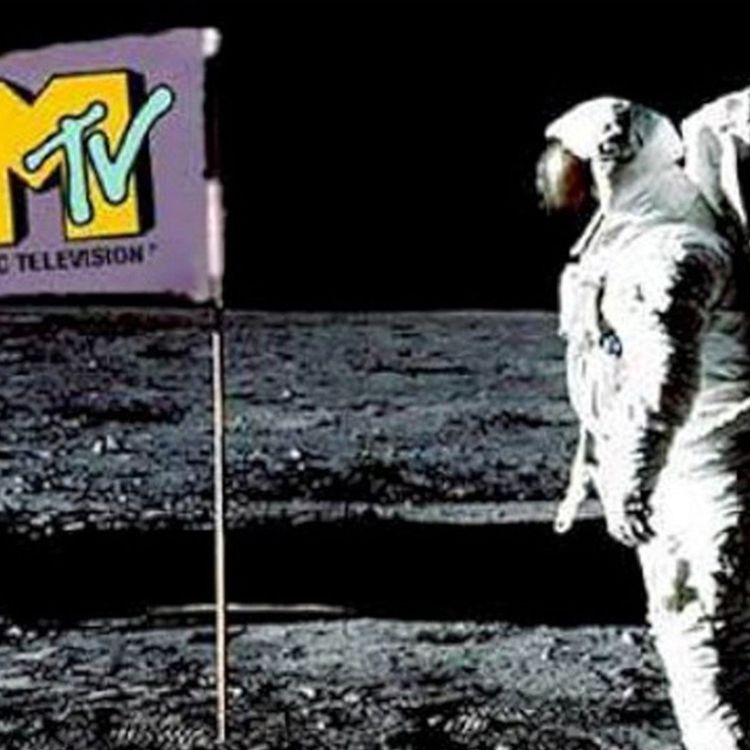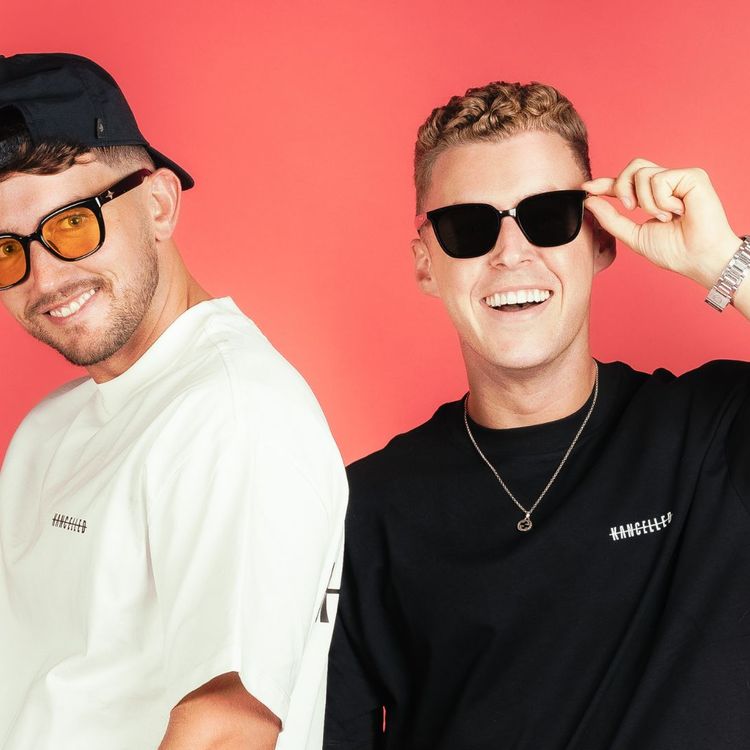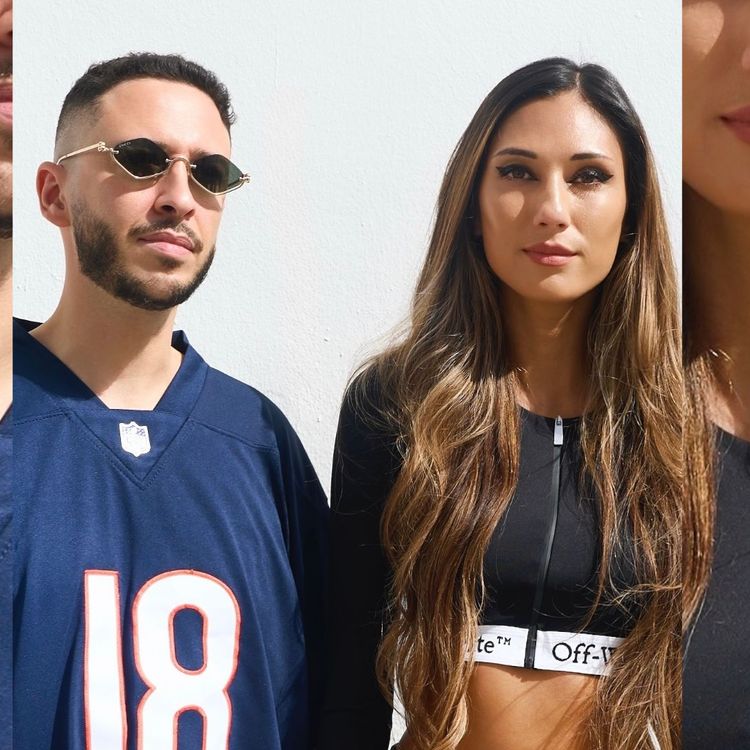Drum & Bass in Focus: Dave Columbo Jenkins
When it comes to Drum & Bass pies, Dave Jenkins has his finger in just about all of them. The writer, presenter, author, DJ (under the name NoDave) and former editor of Drum&BassArena has been neck deep in D&B rave culture since the late 90s, and has dedicated his career to the movement, working at iDJ Magazine in the 2000s before joining UKF as its editor in the 2010s. Dave hosted the Drum&BassArena Awards where he champions rising talent in D&B, and he runs his own platform 1 More Thing, designed to amplify and cultivate community in underground music culture.
For our new D&B in Focus series, we caught up with Dave to learn more about the reasons he fell in love with Drum & Bass, how the culture has changed since its inception and how today’s hottest artists are bringing it back to its roots.

The Pull of D&B
Born and raised in Cardiff, Dave discovered D&B through the UK’s free party movement in the ‘90s. He was into all sorts of rave music at first, but fell in love with D&B when he started working at iDJ Magazine. As he traveled the world writing about underground music, he repeatedly found himself gravitating towards the Drum & Bass community. “I made connections with jungle and D&B fans,” he says. “Working class people essentially, a more diverse community than mainstream house and techno crowds.”

He started paying more and more attention to the genre, and by the mid 2000s, while dubstep, jungle and D&B were thriving, it had become his main focus as a journalist and editor. “Anything relating to Black music, sound system culture and street culture appealed to me because I grew up in working class Cardiff,” he says.
When Dave moved into digital journalism, he became a D&B specialist, and went on to write biographies Three Generations Deep with DJ Phantasy and Dark Soldier with Ray Keith. He currently hosts weekly Vision Radio shows with the pioneering act formerly known as Noisia.
D&B Island
“What’s made D&B thrive through all these years is the fact it’s on its own,” Dave says. “Almost to its detriment.”
Because D&B feeds off other genres, relies heavily on samples and is played at face-melting BPMs, it’s always been a tight-knit scene for people with particularly deviant music tastes. Dave says it’s a good thing, because it creates a strong community, but it can also be a bad thing because it fosters a culture of gate-keeping. Drum & Bass is one of the hardest genres to mix and produce, which meant the top artists would only play the very best records. “That made it for years and years very much a boys club,” Dave says. “There was a lot of gatekeeping, it meant a lot of people just weren’t breaking through.”

Part of the reason it was so hard to break through was because of the genre’s street culture roots. “Some of the biggest people, most important people, who were part of the genre's earliest moves, came from very challenging circumstances,” Dave says. “Some of them, you know, they'll be incredibly honest that they wouldn't be around if it wasn't for music and for things like pirate radio keeping them off the street. And that street culture never really left. So if someone felt that their toes were being trod on, or people were encroaching on their corner, things would be said in a type of way, there would be arguments.”

The second big commercial wave of D&B, jungle and dubstep came along in the late 2000s and early 2010s, with the likes of Skrillex and Chase & Status catapulting the genres further into the mainstream and influencing the entry points just enough to make room for new talent to emerge into the scene.
The Next Generation
Dave affectionately says that D&B has always attracted weirdos. “In the most beautiful and complimentary way,” Dave says.
Because the sound of D&B is so frenetic, it attracts people with short attention spans. “It always sounded like the future,” Dave says. “The mixing style is double dropping, switching, and that kind of choppiness matches the way we consume media today; how we flip through reels and stories and stuff.”

Dave attributes that, paired with COVID-19 lockdowns, to the recent resurgence in D&B’s popularity. A whole generation of young clubbers stuck at home on TikTok meant their pent up energy found a home in combustible Drum & Bass rhythms as soon as lockdown lifted.
“You know, the new artists who are making the most interesting and exciting things in Drum & Bass, most of them come from underrepresented areas in life and stuff like that,” Dave says. “Either artists of color, working class or queer artists. It’s been a really exciting breath of fresh air, really, really exciting.”

The most prolific artists include Nia Archives, Sherelle, Naina and Tim Reaper, and scores more are breaking through, many of which we’ll be profiling for this series. And now that Drum & Bass has returned to its Black roots, the scene is much healthier and more open, with marginalized artists taking the reins to change the game permanently.
















